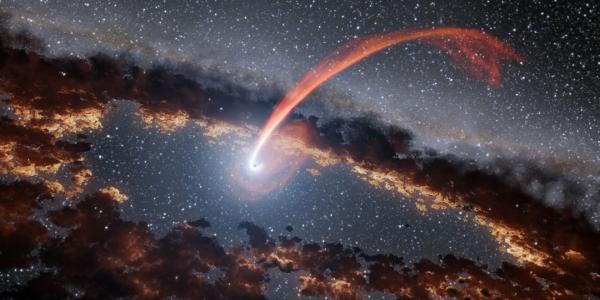Space Sciences/Astrophysics Seminar with Hannah Gulick on Observing the Transient Sky with All-sky Space-Based Surveys
The transient sky holds insights into the extreme phenomenon powering the creation of compact objects through the death of massive stars and the potential formation of black holes through merging compact object events. Rapid scientific advances in the field of stellar death and afterlife are now possible using long duration surveys with high-cadences and large observing areas.
The Compton Spectrometer and Imager (COSI) is a NASA-funded Small Explorer (SMEX) mission slated to launch in 2027. COSI will house a wide-field gamma-ray telescope designed to survey the entire sky in the 0.2-5 MeV range, providing imaging, spectroscopy, and polarimetry of astronomical sources. In addition to the main instrument, COSI will fly with a student collaboration project known as the Background and Transient Observer (BTO). BTO will extend the mission’s science returnables to lower energies by providing spectral information in the 30 keV–2 MeV range. Using spectral information from both the COSI and BTO instruments, physics such as the energy peak turnover in gamma-ray bursts, the properties of soft gamma-ray repeaters, and rates of astronomical transient phenomena will be constrained.
In this talk, I will give an overview of the COSI and BTO missions, including the instrument and survey designs, followed by discussion of expected shared science returnables. This work includes simulations of several transient phenomena as observed with both COSI and BTO and an analysis of the event rates expected in the BTO instrument. Finally, I will briefly discuss the use of multiwavelength surveys to identify populations of compact objects, and specifically, the CuRIOS (CubeSats for Rapid Infrared and Optical Surveys) mission—a concept for a constellation of 300 CubeSats that will provide all-sky, all-the-time observations of transient phenomena in the optical band.
Sponsored by the McDonnell Center for the Space Sciences.

